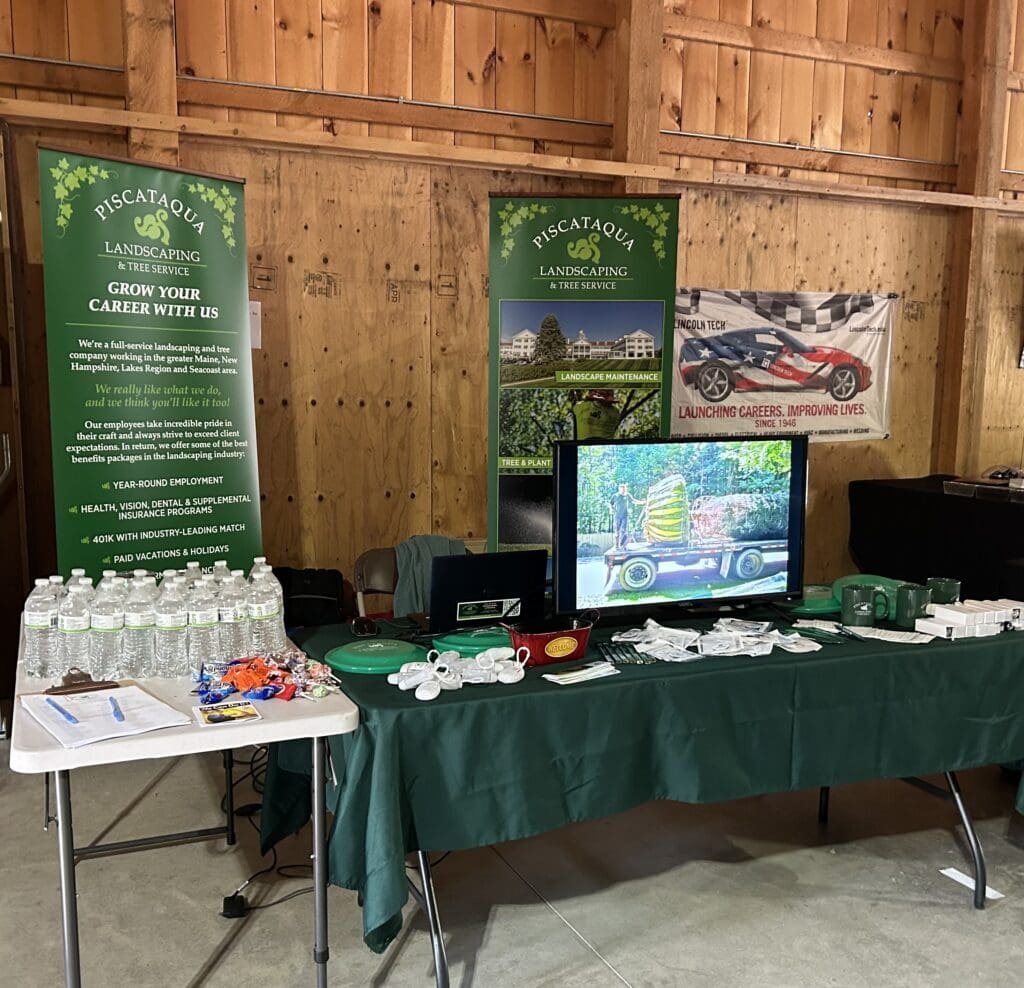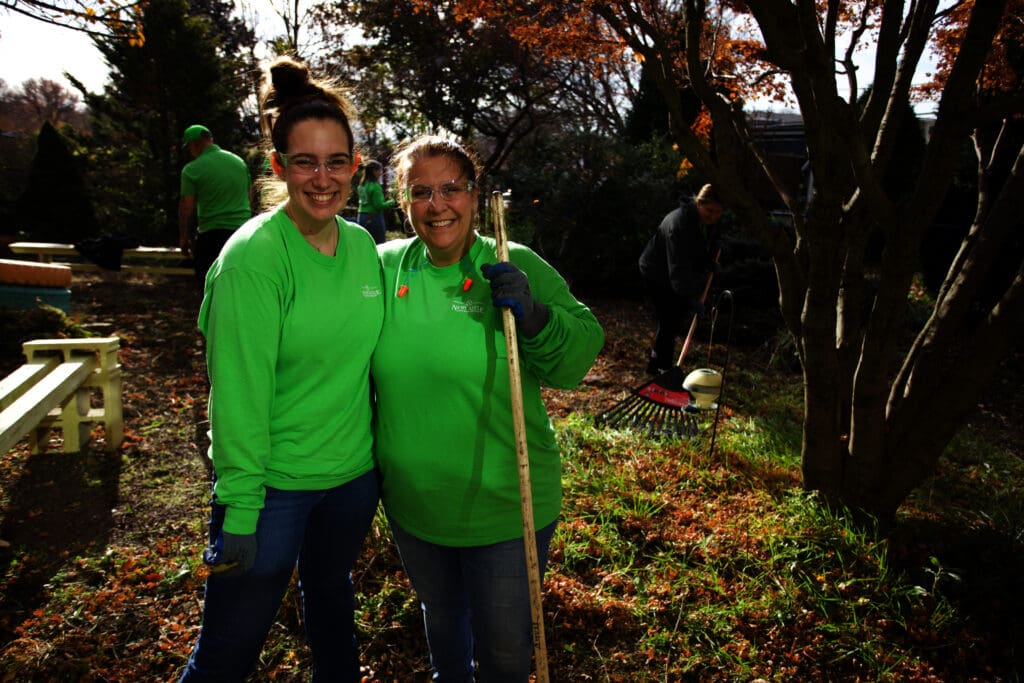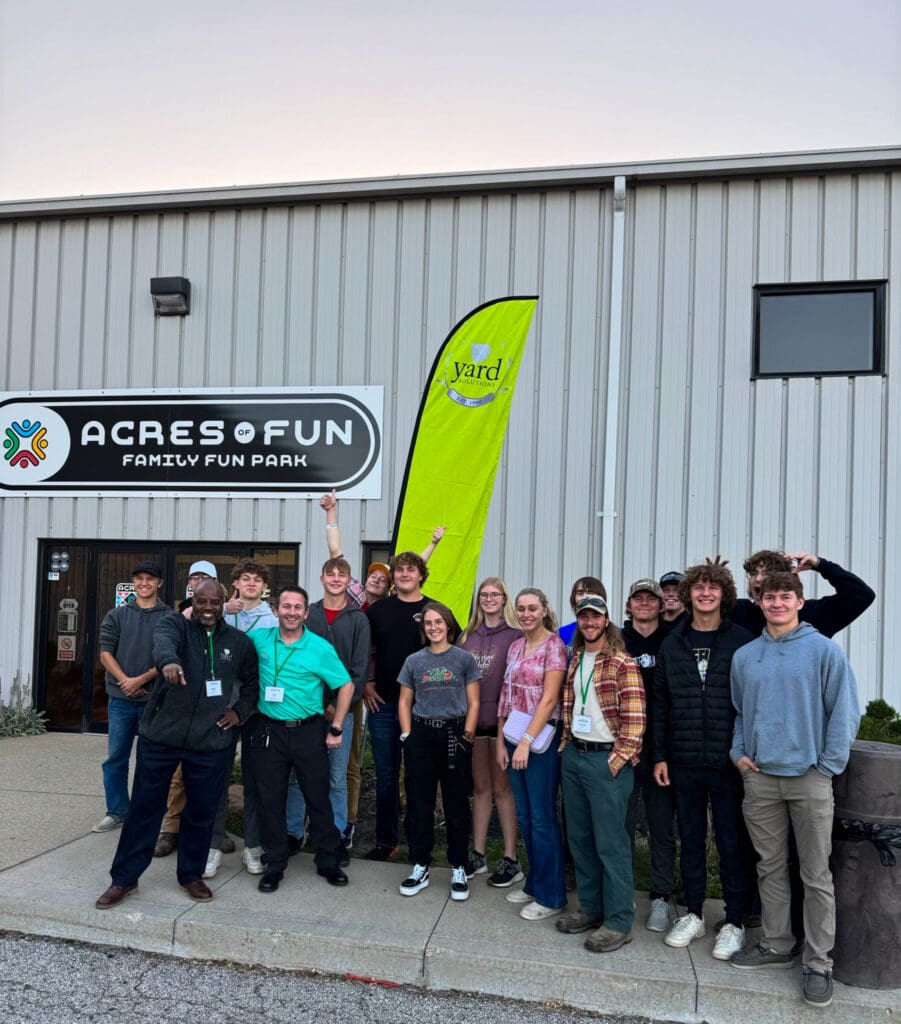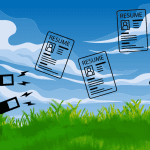
It’s the news you never want to hear. You didn’t receive your H-2B visas for this year. However, due to the volatility of this temporary visa program, it is a reality for many landscaping companies.
“The H-2B program is something that’s great, but it’s always a gamble, unfortunately,” says Nubia Guiterrez, director of human resources for Mullin, based in St. Rose, Louisiana. “As landscape companies begin to rely on it more, it becomes more difficult for you to function without it.”
This is why it is critical to have backup plans in place if you strike out with the H-2B lottery.
“You’re going to have to increase your recruiting budget and effort,” says Shayne Newman, president of YardScapes Landscape Professionals, based in New Milford, Connecticut. “Your training and onboarding program needs to be bulletproof and just really homed in and make sure you have that in place if you are able to get the new employees.”
Risks of Operating Understaffed
Guiterrez says the one year they didn’t receive their eight H-2B workers was absolutely devastating. She says it took them a long time to get fully staffed up that year.
“We were lucky enough that we didn’t have to deny jobs, but we definitely had a lot of overtime that year,” Guiterrez says.

Newman says they didn’t receive their workers in 2020, and due to COVID, they were unable to ever fully staff up that year. He says their overtime went through the roof and everyone was pushed mentally and physically to their limit. Thanks to good client communication, they were able to avoid losing customers during this hard time.
“We let our existing clients know that we’re not taking new clients; that made them feel a lot more special,” Newman says. “They really appreciated we weren’t taking new clients and that solidified the relationship even more.”
Brad Stephenson, co-owner and general manager of New Castle Lawn & Landscape, based in Birdsboro, Pennsylvania, says 2018 was the only year they didn’t receive their workers, but other years their workers have been delayed. Last year, their H-2B workers were delayed by a month, causing a trickle-down effect resulting in them being a million dollars short in revenue.
“If you’re not able to show up and do your job, that doesn’t go over well,” Stephenson says. “You’re risking losing good clients that are high revenue, high dollar, high profit. They want to be serviced and if you can’t, then you’re going lose them. That’s going to hurt you and it could take you three years to get back up to where you are. Luckily, we didn’t really lose anybody.”
In Stephenson’s case, they didn’t receive 25 H-2B workers for their mowing division in 2018, and they found out two weeks before the mowing season started.
“We had a massive hiring campaign,” Stephenson says. “We just brought anybody in with a heartbeat. We tried to teach them how to mow. It was a complete mess. We hired 60 people that year and we were left with two. All of my managers were out mowing. I was out mowing. We were all mowing. That was actually one of the best years. We lost a lot of money that year and it sucked, but we learned a lot and put a lot of systems and processes in place to make sure that that doesn’t happen again.”
Joe Lewis, COO of Yard Solutions, based in Groveport, Ohio, says they haven’t received their visas three separate times. He says operating understaffed also runs the risk of burnout on crews as you have to run them six days a week for 10 hours a day or longer.
“I don’t know anyone that sells maintenance work at time and half, so your profitability suffers,” Lewis says. “You also run the risk of more injuries and property damage because people are exhausted. Management, instead of developing subordinates, they get into just getting the work done. So they’re putting out ‘fires.’”
Piscataqua Landscaping & Tree Service, based in Eliot, Maine, hasn’t received visas three times as well. One was by choice when they didn’t apply.
“The second time we didn’t get visas and the third time was during COVID and we received visas but couldn’t get them through the embassy in a timely fashion,” says Justin Gamester, president of Piscataqua. “I will say, there have been years where it was close, and we didn’t know till very late, which caused many sleepless nights.”
Gamester says in the New England area, the job market is strong and unemployment is very low so they struggle to staff up the years they don’t get their H-2B workers.
“We made solid efforts to hire folks hoping we could train them up faster and we extended our recruiting to Puerto Rico,” Gamester says. “But we never got to the numbers we needed.”
Always Be Recruiting
Despite not receiving their visas this year, this is the first time Yard Solutions has been able to get fully staffed up without their H-2B workers. Lewis credits this to their HR team and brand and marketing managers for creating an appealing workplace for candidates and getting the word out about openings all the time.
Tito Caceres, landscape industry recruiter with Bloom Partners Talent Solutions, based in Miami, Florida, agrees of the main solutions to hiring struggles is to always be recruiting. This also means making sure everyone on your staff is able to help with recruiting. He says this could be as easy as printing out business cards with QR codes that candidates can scan.

“Recruiting is like sales,” Caceres says. “People don’t look at it that way, but it really is and in the sense of you’re trying to sell an opportunity to people to come work for you. Why should they come work for you? You’re selling an opportunity.”
Like sales, it’s best to build out a pipeline of possible candidates well in advance.
“I think the industry has taken the seasonal aspect of the industry way too literally,” Caceres says. “Why do we have to recruit right when we need people?”
Stephenson says they listed their pay rates and benefits of flyers and asked their existing employees to spread the word they were hiring.
Guiterrez says they were prepared with a game plan just in case they didn’t get their visas. She met with the entire organization that has anything to do with sales and trained them on how to help out with recruiting.
Utilize Employee Referrals
In this same vein, beefing up your employee referral program is one popular method that can help get candidates in the door.
“We upped our referral bonus during that time period,” Guiterrez says. “We also had consistent field meetings. So our owner was out in the field in the mornings consistently saying, ‘This is our referral bonus. This is how much you can get. It doesn’t matter if they don’t have any experience. We’re willing to train them. As long as they’re willing to show up and pass a drug test, we’re good with it.’”

Newman says they fine-tuned their employee referral program to pay out at different time thresholds to the referring employee the longer their recruit stayed with the company. Caceres adds one way to prevent referral programs from being abused is making the bonus contingent upon the new hire staying for the allotted time period. If they leave before a year, the bonus is taken away.
Lewis says that good management also attracts other people and helps your referral program be more successful.
“If their employees like where they’re at, like who they work for, they’re going to know other people and bring those people here,” Lewis says.
Seek Out Your Labor Pool
Caceres notes that you need to consider where the people you’re looking for visit frequently, whether it be laundromats or local churches. He also points out that social media postings aren’t as effective for finding field workers who are often already out working on another job for a different industry, so it’s better to go back to basics.
“The field workers are usually going to be people that are not necessarily going to be readily available on any technological platforms other than outside working hours,” Caceres says. “Local markets, farmers markets, fruit markets, flea markets, or other local events that are being held, I would leverage all of those types of things. Local involvement would be super beneficial to more or less find the field workers that you’re looking for.”

Caceres says the best way to approach these individuals is to simply ask them if they know of anyone who would be interested in a job opportunity.
Guiterrez says they planned out specific locations where they wanted to focus their recruiting efforts when staffing up during their H-2B shortage.
“We did a boots on the ground effort, get out of your vehicle, go talk to these guys and see what they’re thinking,” Guiterrez says. “We also went by gas stations during lunchtime because a lot of the times guys will stop at gas stations for lunch. We made little hiring cards, in English and in Spanish on the back that just said, ‘Hi, we’re hiring. I’m interested in you filling out an application. Here’s our phone number.’”
Stephenson says they are active in the community, and this helps them attract more people as well.
“You’re going to have to do more work,” Stephenson says. “You got to go in and talk and try to recruit wherever you can. If you build the right culture, people from different industries will start working for you, which is pretty cool.”
Scaling Back Program Usage
Following their trying year in 2018, Stephenson committed to building a core group of people. While they still utilize the H-2B program, they became more strategic about the properties they took on for mowing contracts and purchased wide-area mowers to help them mow more grass.
In an effort to wean themselves off the program, Stephenson says each year, they work to get green cards for three to four of their returning workers. One of their original H-2B workers just got his citizenship last year.
“These are good guys,” Stephenson says. “We’re going to help them. We’re going to sponsor them through it and get them on full-time. They can go anywhere they want to after. They don’t have to stay. It’s up to us to keep the culture going.”

After the program became more risky to participate in, Newman says they also made the commitment not to bring in new H-2B employees, only their returning workers.
“For me, H-2B is more about the people that have been coming and we have employees that have been coming here since almost the beginning,” Newman says. “Our original first H-2B person, he retired back home in Mexico, but most of our H-2B people have been here 10 years plus.”
YardScapes started converting their loyal H-2B workers to the PERM program around two and a half years ago. Newman says their H-2B employees are dedicated and embedded in their community.
Advice for Others
If you don’t receive your H-2B workers one year, Lewis says don’t panic.
“It could be a blessing in disguise to refocus on your employee engagement philosophy and how you’re attracting talent and cultivating talent,” Lewis says. “If you’re not getting the people, why? People are working. They’re just not working for you. Why is that? I know that’s a tough question to answer because you have to look in the mirror.”
While it’s not ideal to be understaffed, it’s also not a good call to settle for just warm bodies, either.
“I feel like you become desperate and then you start getting bad recruiting habits because you’re rushing,” Guiterrez says. “I think that taught us a lot of ‘Hey, we need to have a better process.’ Yes, we’re hiring and are willing to take you on, but what can we do additionally to make sure that you’re going to be a good fit for us?”
Gutierrez encourages showing true appreciation for your H-2B workers during the years that you do receive your visas and make them feel like they’re part of your team.

Stephenson encourages other landscape companies to not rely on H-2B entirely and to seek out alternative talent. Newman adds that if you don’t currently use the program, don’t get started with it.
“You’re basically playing the lottery with your labor,” Newman says. “You could do everything and be approved and then do the lottery in January and find out whether you’re good or not.”
Gamester says if you do use the program, whether you have received your visas or not, you need to fight for it.
“Join NALP grassroots efforts, talk to your elected officials and let them know that H-2B visa programs are not immigration,” Gamester says. “These are two very different things that often get confused and should not. H-2B, H-2A, J-1 are essential pieces to our economy and allow American workers to flourish and expand into new roles. Don’t give up, don’t lose hope!”
This article was published in the May/June issue of the magazine. To read more stories from The Edge magazine, click here to subscribe to the digital edition.



